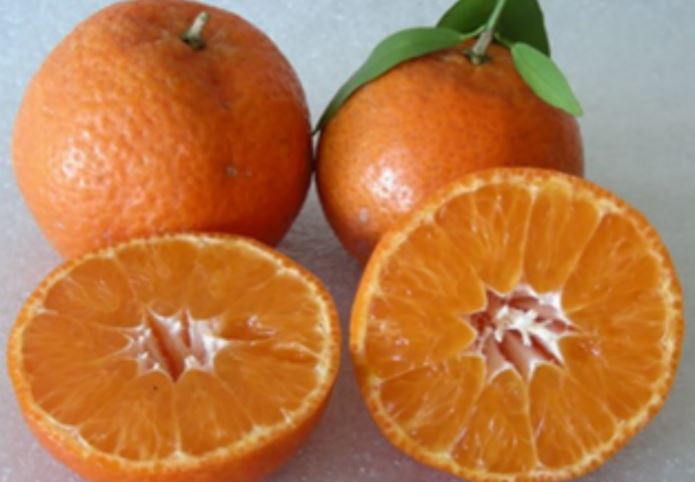
Diversification is key to production remaining sustainable in the cold-hardy citrus region. It is message that industry leaders preach to producers who are looking to grow the citrus industry in North Florida, Georgia and Alabama.
John Chater, assistant professor at the University of Florida Institute of Food and Agricultural Sciences (UF/IFAS) Citrus Research and Education Center, talked about the importance of diversification of grower portfolios during a recent field day at the North Florida Research and Education Center in Quincy.
“Some of these cultivars can get saturated,” Chater said. “If there are too many people growing Owari, perhaps there’s a variety that’s different in the same harvest window, or earlier or a little bit later. You’re increasing that harvest window and you’re making North Florida citrus available for longer during the year, while not saturating the market. Packers can pick and choose what they want. If they have a glut of fruit, they then can tighten up their specifications for their packing lines. It’s important to take those considerations into account.”
Part of Chater’s responsibilities in researching citrus varieties is determining what grows well in the North Florida environment. “There are some varieties that Dr. Muhammad Shahid and myself are planting duplicated trials. We have a trial in Central Florida and a trial in North Florida to see which one of these new selections coming out of the breeding pipeline could meet the needs of growers up here,” Chater said. “UF-950 (mandarin) seems to be the tallest trees, building the most biomass. It also had a really good bounceback from that major Christmas-time freeze we had not too long ago. That’s part of our program, to try to evaluate as quickly as we can new selections for the growers up here.”

Clint Thompson










